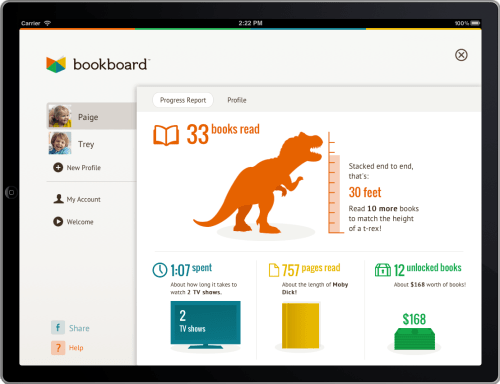
As many of you know, my book, Fed Up with Frenzy: Slow Parenting in a Fast-Moving World, will be out August 1.
I am very eager for you to learn about all the fun ideas and projects I’ve collected to help your family slow down and reconnect. To do that, I’ve assembled an all-star team of bloggers to join the Fed Up with Frenzy Blog Tour to share their thoughts about the book and some of the ideas and projects inside.
Here is a partial list of bloggers and dates on the Fed Up with Frenzy Blog Tour. Please visit their sites for reviews, activities, tips and book giveaways! (And also, because they’re all wonderful sites with great information about kids, crafts, gardening, nature, free play, education, slowing down, creativity and family fun!)
August 1 Power of Slow Review
August 2 Grass Stain Guru Guest post
August 4 Exploring Portland’s Natural Areas Review
August 7 Red, White & Grew Guest post
August 9 Slow Family Living Review/Activity
August 15 Fun Orange County Parks Review
August 17 Let Children Play Guest post
August 22 Jen Spends Review
August 24 Becentsable Review
August 27 Real Moms Love to Eat Recipe
August 28 A Place Like This Review
September 5 Rhythm of the Home Guest post
September 5 Mummy’s Product Reviews Review
September 6 Jump into a Book Review
September 6 Modern Day Moms Review
September 7 7 on a Shoestring Review
September 8 Dad of Divas Review
September 10 Go Explore Nature Interview
September 12 Active Kids Club Podcast!
September 13 Love, Life, Family and Then Some Review
September 14 Go Explore Nature Activity
September 14 Adventures of the Alpha Mom Review
September 15 What Mama Wants Review
September 18 Traveling Mel Review/Activity
September 19 Allison Abramson Review
September 20 Imagination Soup Review
September 21 Chi-Town Cheapskate Review
September 21 Frugal Mama Review
September 24 Go Gingham Review
September 24 Adventures of the Alpha Wife Review
September 25 Play Equals Peace Interview
September 26 A Little Yumminess Review/Recipe
September 27 Bright Copper Kettles Review/Craft
September 28 Parent Palace Review
October 1 Noble Mother Review
October 2 Frugal Mama Guest post
October 3 A Little Bite of Life Review
October 4-18 The WELL Inkwell Online Discussion
October 8 Love, Live, Grow Review
October 12 Skinny Mom Review
October 15-24 Erin Goodman 10-day Family Recharge
October 17 Erin Goodman Review
October 20 I’m a Teacher, Get me Outside Here Review
November 14 Mama Scout Review
November 15 Frog Mom Blog Review and Activity
November 27 Salt and Nectar Web chat
December 4 Bliss Beyond Naptime Audio, Frenzy-Free Holiday
Plus Video, Simplicity Parenting with Rhythm
December 7 Polliwog on Safari Review
January 3 Non-Toxic Kids Review
July 27 Hill Babies Review
Dates To Be Announced (this site will update):
Life as Mom
Nature Moms
Ask a Nanny
The Movement Academy Project
Connecting Family and Seoul
Would you like to join the blog tour? Please give me a shout. I’d be thrilled to have you join.

Blog tour badge by my talented husband, and the book’s illustrator, Lippy.






































































